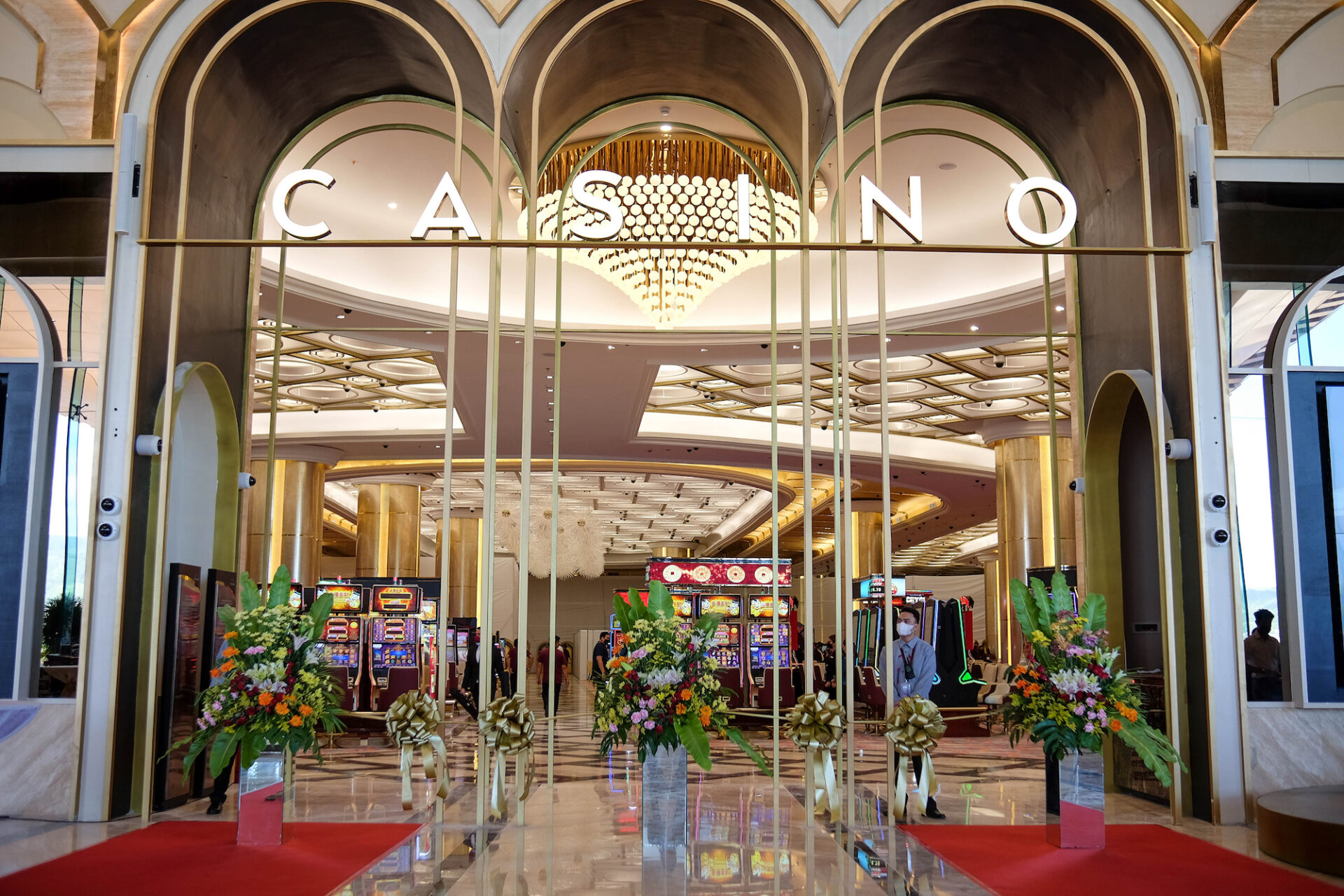Worldwide, the allure of slot machines has won over millions, transcending cultural divides and attracting varied crowds. From the lively casinos of the strip in Las Vegas to the vibrant gaming halls of the gaming hubs in Macau, these fascinating machines have become icons of thrill and eagerness. The rotating reels and bright designs draw players into enthralling experiences, creating a unique blend of chance and amusement that connects with people from various backgrounds.
As these games develop, their effects extends beyond simple betting; they shape popular culture, inspire art, and alter how people connect. Whether it’s through films depicting of casino life or the rise of digital slot games that bring the thrill of casinos to the comfort of home, the relevance of gambling slots continues to increase. Exploring this phenomenon reveals not just the rules of play, but also the meaningful bonds they foster within communities and their role in the wider scheme of recreational pastimes around the globe.
History of Gambling Slot Machines
The beginnings of gambling slots can be tracked back the final nineteenth century with the invention of the initial mechanical slot machine. In 1887, Charles Fey, a mechanic from SF, created the first slot machine, which had three spinning reels and a simple design with icons such as horseshoes and card symbols. This machine offered gamblers a chance to win cash, laying the foundation for what would become a worldwide gaming sensation.

As the popularity of casino slots expanded, various advancements appeared throughout the initial twentieth century. By the early 1900s, numerous manufacturers began creating their models, enhancing the games with additional features and more intricate functions. These early devices became a fixture in bars, saloons, and eventually started to make their way into gambling halls. By the decade of the 1960s, the traditional slot machine was more improved with the introduction of electronic elements, leading to more diverse gameplay and higher player engagement. E2BET VIP
The 1980s marked a major shift when video visual technology was added into casino slots. This advancement allowed for more intricate graphics, audio, and storylines, drawing in a wider audience. The combination of stunning visuals and engaging gameplay changed gambling slots into a major highlight in gambling establishments around the world. As a result, slots evolved from plain machines into elaborate entertainment systems, reflecting shifting cultural tastes and technological advancements.
Cultural Variations within Slot Machines
Gambling slot games have transformed in order to reflect diverse cultures and practices of the respective locales where slot machines are played. For instance, in Japan, for instance, pachinko machines merge elements between pinball and traditional slot machines, resulting in a unique playing experience which is thoroughly embedded inside Japanese entertainment culture. Such models frequently incorporate popular anime figures as well as concepts, illustrating the gaming in mass culture in Japanese culture.
In contrast, within the United States, gambling slots often themed using iconic cinematic works, celebrities, or recognizable icons from U.S. tradition. Such a trend demonstrates a tendency to honor as well as commercialize mass culture, allowing the gambling experience understandable for players. These eye-catching graphics as well as sounds are designed in order to evoke excitement while also pull people into slot atmosphere, showcasing American creativity in entertainment as well as technological advancements.
European regions likewise possess unique distinct approaches regarding slot games. In the UK, for instance, traditional fruit devices located inside bars and arcades represent regional preferences for traditional game designs. Such machines often focus on basic designs while also clear-cut play, which resonate strongly among gamers who cherish a classic gaming experience. This kind of regional variation illustrates the way community influences mold the evolution and success of slot slot machines throughout various regions of the globe.
The Future of Casino Slots
As technology continues to evolve, the future of casino slots appears bright and exciting. Innovations in gaming technology, such as virtual reality and AR, are likely to revolutionize how players interact with slots. Picture stepping into a virtual casino where players can interact with their environment more intensively, making the act of spinning the reels more thrilling and enthralling than before. This shift could also draw in a new audience, fostering a fresh wave of casino entertainment.
Moreover, the incorporation of AI and large-scale data analytics will enhance personalization in casino slots. Players can look forward to games tailored to their preferences, as AI analyzes their patterns and habits. This tailoring not only makes the gaming play more enjoyable but also encourages player retention, as casinos work hard to meet individual player preferences. Upcoming slot games will likely feature more engaging narratives and rich content, expanding the limits of traditional gameplay.
Finally, the growth of mobile gaming will continue to shape the future of casino slots around the world. As more players turn to smartphones and tablets for gaming, casino operators will focus on optimizing their games for mobile platforms. This ease of access allows for more accessible play, with players able to enjoy their preferred slots whenever and anywhere. As the global gaming market expands, the advancement of casino slots will play a vital role in attracting new players and keeping the thrill of existing fans.